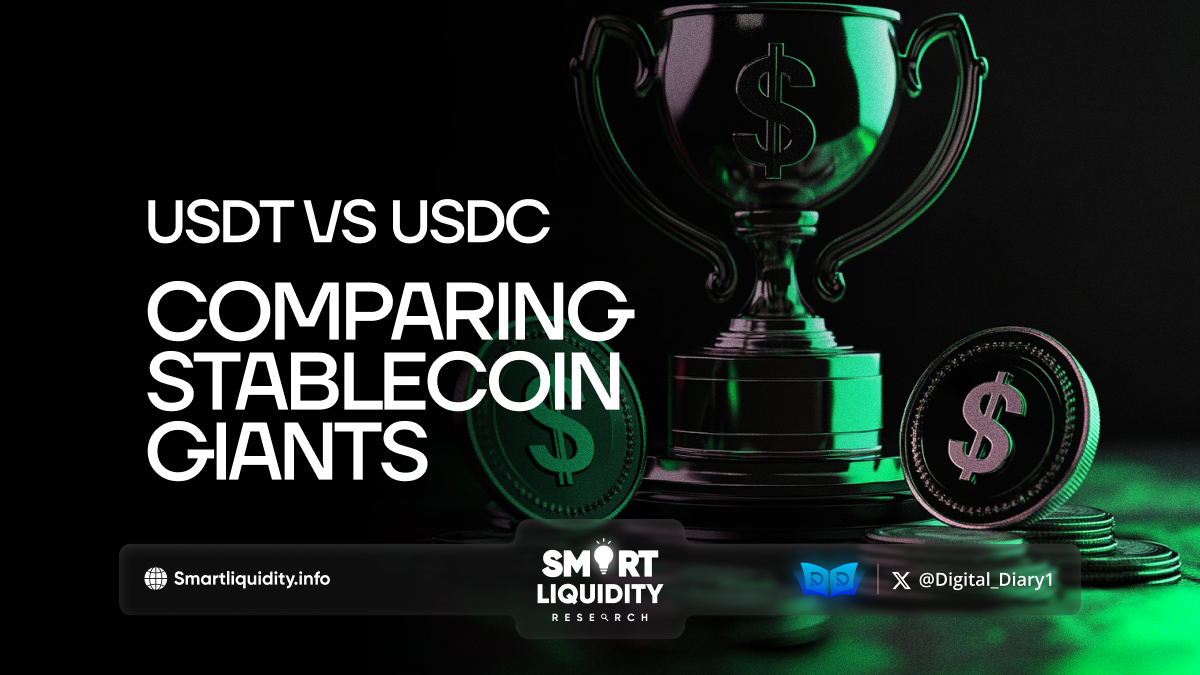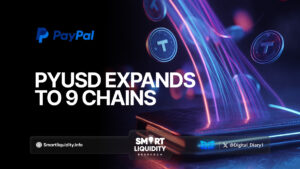USDT vs USDC: Comparing Stablecoin Giants


In the dynamic world of digital finance, stablecoins have emerged as essential tools, bridging the gap between traditional currency stability and the innovation of blockchain. Among these, two heavyweights stand out: Tether (USDT) and USD Coin (USDC). Each has distinct qualities, different use cases, and unique value propositions that make them popular among investors, traders, and institutions. So, which stablecoin is best for your needs? Let’s break down the strengths, differences, and key features of these stablecoin giants.
1. What Are Stablecoins?
Stablecoins are cryptocurrencies designed to minimize price volatility by being pegged to a stable asset—usually the U.S. dollar. By maintaining a 1:1 value with the dollar, stablecoins offer the benefits of blockchain-based transactions (like speed and low fees) without the notorious price swings seen in other cryptocurrencies.
USDT and USDC are the most widely adopted stablecoins, each offering unique features, backing methods, and transparency levels. But while both aim for stability, their approaches and use cases vary significantly.
2. Overview of USDT: Tether’s Market Leader
USDT, launched by Tether Limited in 2014, was one of the earliest stablecoins and has long been a top choice in crypto markets. As the most traded stablecoin, USDT is favored for its deep liquidity and wide availability across exchanges.
- Market Reach: USDT boasts the highest market capitalization and trading volume among stablecoins, making it the go-to choice for rapid transactions and large trades.
- Speed and Liquidity: Due to its liquidity, USDT can be quickly exchanged for other cryptocurrencies or fiat, making it ideal for active traders.
- Blockchain Compatibility: Originally launched on Bitcoin’s Omni Layer, USDT is now available on multiple blockchains, including Ethereum, Tron, and Solana, allowing users flexibility depending on their preferred network.
Challenges: Despite its popularity, Tether has faced criticism over its reserve transparency. Some have questioned whether all issued USDT is fully backed by U.S. dollar reserves, although Tether has taken steps to improve its disclosures. For users who prioritize transparency, this has been a point of contention.
3. Overview of USDC: Circle’s Transparent Contender
Launched in 2018 by Circle in partnership with Coinbase, USDC is known for its regulatory compliance and transparency. Each USDC token is backed by an equivalent amount of U.S. dollars held in regulated financial institutions, which are regularly audited to ensure full backing.
- Transparency and Trust: USDC publishes monthly reports from independent auditing firms, reinforcing its commitment to transparency and full backing.
- Regulatory Compliance: With its roots in the U.S. financial system, USDC is built with regulatory standards in mind. This makes it attractive to institutions and users looking for a compliant stablecoin.
- Programmable Money: USDC is commonly used in decentralized finance (DeFi) protocols and can be easily integrated into various blockchain applications, making it popular for lending, borrowing, and staking.
Challenges: USDC’s primary market base is in the United States, so while its compliance is beneficial for regulatory-minded users, it may not always have the same global liquidity or presence as USDT.
4. Comparing Key Features
| Feature | USDT | USDC |
|---|---|---|
| Transparency | Limited, with fewer audits | Monthly audited reports |
| Market Reach | Highest trading volume | Widely used but lower trading volume |
| Regulation | Less regulated | Compliant with U.S. standards |
| Blockchains | Available on many chains | Primarily on Ethereum and Solana |
| Use Cases | Trading, high liquidity | DeFi, compliance-focused applications |
5. Which One is Right for You?
- For Traders: If you’re an active trader who needs access to high liquidity and frequent trades, USDT’s unmatched presence in trading pairs might be your best bet.
- For Investors Seeking Transparency: If regulatory compliance, transparency, and stability are paramount, USDC provides robust auditing and has earned a reputation for trustworthiness.
- For DeFi Enthusiasts: USDC has gained traction in the DeFi space due to its compatibility with major protocols. Its regular audits and stability make it a trusted asset for DeFi applications like lending, borrowing, and staking.
- For Cross-Border Transfers: Both USDT and USDC provide fast, affordable options for cross-border transactions. However, USDT’s availability on a wider range of networks can make it the more versatile choice in certain regions.
6. The Verdict: Both Have Their Place
In the debate between USDT and USDC, there is no absolute “better” choice. Each serves a purpose based on your individual needs:
- USDT shines in trading and liquidity, making it a favorite for high-frequency and large-volume traders.
- USDC is ideal for users who value regulatory compliance and transparency, especially in the DeFi ecosystem.
As the crypto market matures, both Tether and Circle are adapting to meet regulatory standards and market demands. The choice between USDT and USDC ultimately depends on your priorities—whether it’s liquidity, compliance, transparency, or versatility.
With stablecoins continuing to grow in use and adoption, having both USDT and USDC in your arsenal could provide the best of both worlds, allowing you to navigate the crypto market with more stability and peace of mind.




